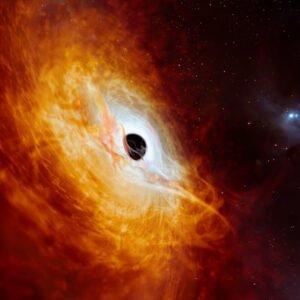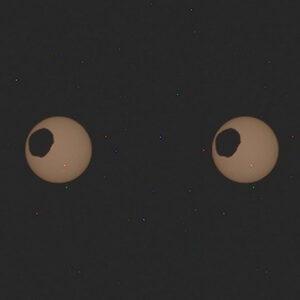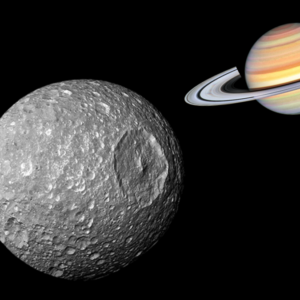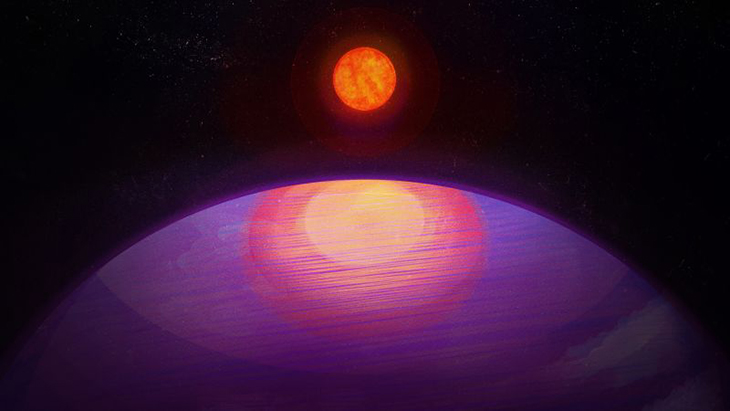
In the vast expanse of the galaxy, a groundbreaking discovery has emerged from the diligent observations of astronomers at Penn State: a planet whose size rivals that of its own parent star. This revelation stands as a stark departure from established notions of planetary formation, sparking intrigue and prompting a reevaluation of our understanding of cosmic dynamics.
Within the realm of scientific discourse, it’s not uncommon to encounter findings that challenge long-held beliefs, a phenomenon often shielded from public view by the intricate veil of specialized knowledge. Yet, the concept of a celestial body nearly matching its star in size resonates as inherently peculiar, transcending the confines of academic circles to pique the curiosity of even the most casual observers.
This newfound exoplanet defies conventional classification, boasting a mass twice that of any previously documented celestial object completing orbits in under a decade. Despite its diminutive stature relative to its host star—weighing in at merely a fraction of the latter’s mass—the sheer scale of its proportions becomes apparent when juxtaposed with familiar benchmarks like Mercury, which pales in comparison by a staggering factor of 93 million. Such a revelation not only underscores the extraordinary nature of this discovery but also underscores the boundless complexity of the cosmos, inviting further exploration and inquiry into the mysteries of planetary evolution.
“This discovery really drives home the point of just how little we know about the universe,” said Suvrath Mahadevan, Professor of Astronomy and Astrophysics at Penn State and co-author on the paper describing the discovery. “We wouldn’t expect a planet this heavy around such a low-mass star to exist.”
Mahadevan and his team utilized the powerful 10-meter Hobby-Eberly Telescope at the McDonald Observatory in Texas for an extensive survey of low-mass stars. Amid their observations, they pinpointed LHS 3154, an M-type star known as a “cold dwarf,” representing the dimmest and coolest variant among luminous stars.
Swiftly employing the transiting method, they discerned a peculiar pattern: a planet intermittently passing across the telescope’s view of the star every 3.7 days. The perceptible oscillation in the star’s position hinted at the presence of a substantial celestial body.
Leveraging the capabilities of NASA’s Transiting Exoplanet Survey Satellite (TESS) and ESA’s Gaia satellite, the researchers meticulously gauged the mass of this enigmatic transit. Astonishingly, it amounted to a mere 0.35% of the star’s mass, akin in size to Neptune. This revelation posed a conundrum, challenging the prevailing theories of planet formation, as it defied conventional expectations.
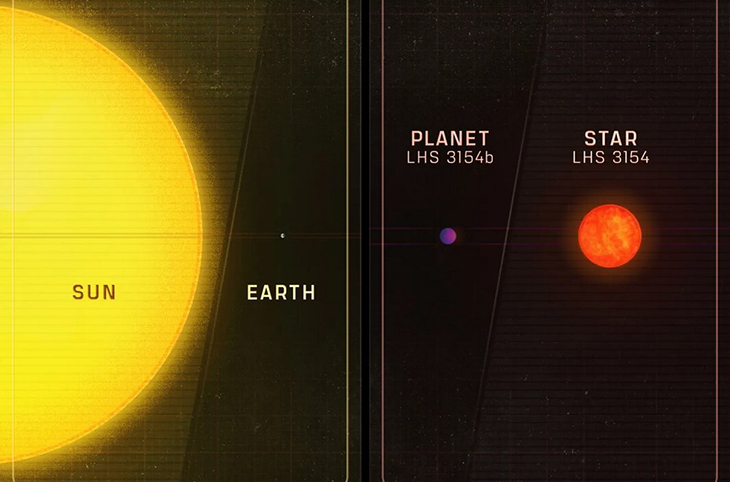
“The planet-forming disk around the low-mass star LHS 3154 is not expected to have enough solid mass to make this planet,” Mahadevan said. “But it’s out there, so now we need to reexamine our understanding of how planets and stars form.”
There are two prominent theories regarding how planets come into being: core accretion and gravitational instability.
Core accretion suggests that after stars finish forming, a substantial disk of gas and dust remains, gradually forming into planets over time. However, in the case of LHS 3154, its size seems insufficient to facilitate the formation of a planet as large as the one observed, according to various simulations conducted by the team.
Additionally, the team explored the possibility that the planet originated outside of its current stellar system and later migrated there. However, for such a scenario to hold, the planet would likely have an elliptical orbit, which contradicts its observed orbital path.
“We were really struggling—like, we said, ‘OK, how can we actually form this type of planet?’” Guðmundur Stefánsson, an astrophysicist at Princeton University as well as the first author of the paper, told Astronomy.
To generate a planet of such size, the protoplanetary disk would require a dust mass approximately ten times greater than what it’s thought the star could have produced.
What are your thoughts? Please comment below and share this news!
True Activist / Report a typo
